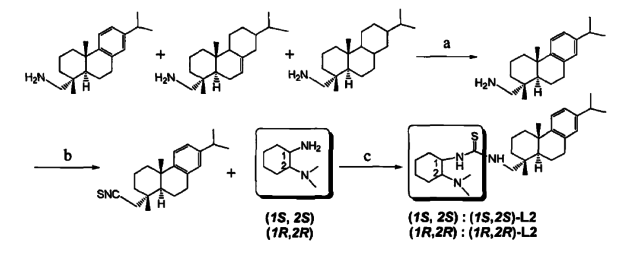ROSIN AMINE & THE DERIVATIVES
THE BIOBASED ACTIVE INGREDIENTS FOR SURFACTANTS
Development of Surfactants Utilizing Plant-based Resources
Gum rosin contains a large proportion of resins acids and fatty acids. The rosin derivative – rosin nitrile, which is prepared by the processes of ammonification and dehydration. And then rosin nitrile is reacted with hydrogen to prepare rosin amine.
According to the different of rosin materials, there have rich types of rosin amine, they include gum rosin amine, disproportionated rosin amine. polymerized rosin amine, hydrogenated rosin amine, etc. It appears lightly yellow color and has woody, ammonia smell. It is soluble in organic solvents, such as alcohols, ethers or hydrocarbons. Due to the amphipathic molecule feature, through the modification process, rosin amine can be prepared to anionic surfactants, cationic surfactants, nonionic surfactants and amphoteric surfactants.
- Development of Surfactants Utilizing Plant-based Resources
- A Nucleophilic Reagent
- Optical Activity and High-Resolution Rate
- Low Toxic and Organic
Today, rosin amine is mainly used for water treatment, metals inhibitor and electronic surface. Because of rosin amine has ternary phenanthrene ring skeleton, can cover large areas metals surface, that inhibiting the acid substances to metals. In general, using the macromolecules in rigorous environments have excellent inhibition properties. Such as Polyrads™ 0515, a rosin-derived primary amine product by Hercules Powder Company, can protect iron and steel in the high-temperature condition. The rosin amine derivatives are also applied in sewage treatment and acid pickle process.
Acetate substances of rosin amine and the quaternary ammonium salt appear biologically active on disinfection application. They are non-toxic and do not cause sensibility on the human skin. Some research results that synthetic quaternary ammonium salt by Dehydroabietylamine can disinfect for Staphylococcus aureus and Escherichia coli cells (Wang Yan, 1997).
Now, rosin amine is a new choice of organic catalyst for asymmetric synthesis and drug-lead synthesis. Hydrogen bond activation becomes an important approach to active electrophilic reagents in the catalytic system of small molecular synthesis. Chinese researchers reported that novel rosin-derived amine thiourea bifunctional catalytic system appears excellent catalytic activity and optical activity.


SOURCING ROSIN AMINE FOR SURFACTANTS
Kindly contact our team to get the specification details and latest price.